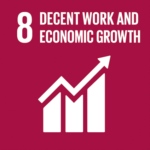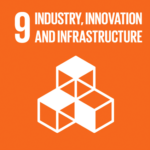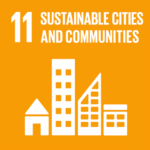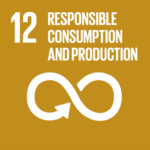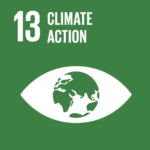Arkio Industries developed a solid material out of cellulose
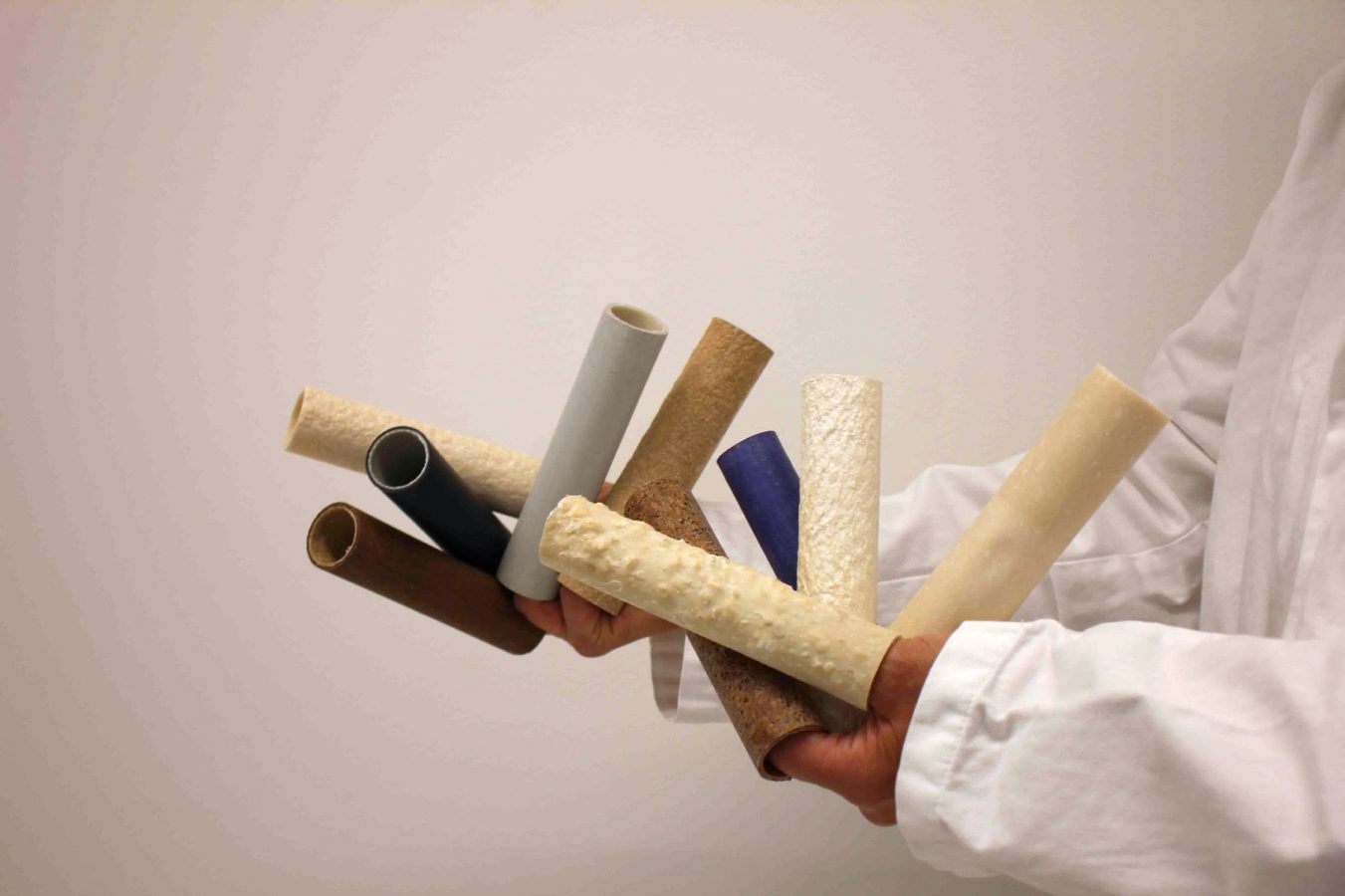
Case - Published 30.9.2024
The Finnish startup company Arkio Industries has developed an innovative material based on cellulose, with the potential to revolutionize many industries. Non-toxic and pleasantly warm to the touch, and as strong as carbon fiber plastics, the material is now taking its first steps towards commercialization.
The descriptive working name of the material is ‘structural solid cellulose’, while the Finnish equivalent, translated word for word, is ‘nanocellulose structure’. Last spring, the material was showcased for the first time at the international furniture fair in Milan, where it was described as ‘the ARKIO monomaterial based on nanocellulose’.
‘This result of our R&D is a perfect circular economy product: 100% natural and stronger than plastic composites. In principle, you could eat it, and it’s non-toxic and VOC free. It can be worked with normal woodworking tools and skills. It takes dyes well and has fine tactile properties, so it can be used as profile components for both industrial and consumer products,’ is how Ville Kokkonen, co-founder of Arkio Industries describes the product.
The material has attracted interest from companies looking for new ways to achieve market distinctiveness and to respond to increasing consumer expectations. Arkio Industries is currently discussing pilot projects with companies in the sports technology and design branches, among others.
Customized components out of cellulose monomaterial
The world is seeing a continuous flow of new materials. Most of them are composites; in other words, combinations of different materials. Modern society would not have developed without wood-plastic composites, metal alloys or plastics reinforced with glass or carbon fibres. However, recycling composite materials is complicated and expensive, since the different raw materials generally need to be separated.
The Arkio monomaterial is interesting since it consists of only one raw material, even if as complex structures. The material will be marketed as customized, solid components and profiles. They can easily be recycled, even by grinding and returning to the production process.
Each component is made primarily from nano- and microfibrillated celluloses (CNF and MFC). MFC is typically manufactured of cellulose by means of a chemical and/or mechanical process, and one of its conventional uses is as coating for fine paper grades.
The innovation by Arkio Industries is based on a combination of nano- and microfibrillated grades as well as process additives, combined with advanced moulding and curing techniques. The method results in strong, lightweight pieces, based on the hydrogen bonds forming between the fibrils. The water used in the process can be recovered and re-used, which is a significant step towards a more sustainable production.
The process turns nanocellulose into items with unique properties: their strength is comparable to that of carbon fibre reinforced tubes, they are fire safe, they can be moulded to have interesting surface textures, they are consistently opaque, they absorb dyes readily and feel pleasant to the touch.
‘The proliferation of materials makes for a tough competition. Changing the material of an existing consumer product is so costly and requires so many stages that you must be able to present significant advantages to even get to talk to manufacturers,’ Kokkonen says.
New material and design pave way for new products
Among the founders of Arkio Industries, Ville Kokkonen is one of the most experienced experts of product design in circular economy. As early as 2007, in his former position as design director of the design furniture company Artek, he launched consumer products made of recycled raw materials, achieving international awards. In the 2020s. as Professor of Practice at Aalto University, Kokkonen became familiar with research on biomaterials and encountered the nanocellulose material developed by researcher Tiina Härkäsalmi, which was fully bio-based and amazingly strong.
Härkäsalmi holds a Ph.D. (Arts) degree, specialising in circular economy and materials research and development. She currently works as Research Director at Arkio.
‘In the global picture, there’s great variation in the appreciation and weighting of research on new biomaterials and their applications. Outside the Nordic countries in the new millennium, circular economy materials have not attracted a comparable interest, so Finland is ahead of the game, especially as regards applications based on cellulose,’ Kokkonen says.
Launching a product can be helped along by an understanding of the design business: on the one hand, the price and limited availability of a new biomaterial, on the other hand its appreciation by consumers can make it a good fit with, say, design products.
‘Visibility achieved through design products helps communicate the advantages of the material to industrial customers as well,’ says Kokkonen.
For industrial customers, starting with those dealing with interior applications, Arkio can offer products that are safe and healthful as well as strong and recyclable.
The author is Tarja Ollas, Tapio, Editor-in-Chief of biotalous.fi (tarja.ollas(at)tapio.fi.)
Agenda 2030
The new cellulose-based material supports the following UN Sustainable Development Goals:
• Goal 8: Decent work and economic growth
• Goal 9: Industry, Innovation and Infrastructure
• Goal 11: Sustainable cities and communities
• Goal 12: Responsible consumption
• Goal 13: Climate action
Additional information and product samples for companies: info@arkioindustries.com, arkioindustries.com
Interviews and business collaboration: co-founder and shareholder Timo Haanpää, Oy Arkio Industries Ab, timo@arkioindustries.com
Image: Arkio Industries Ab

